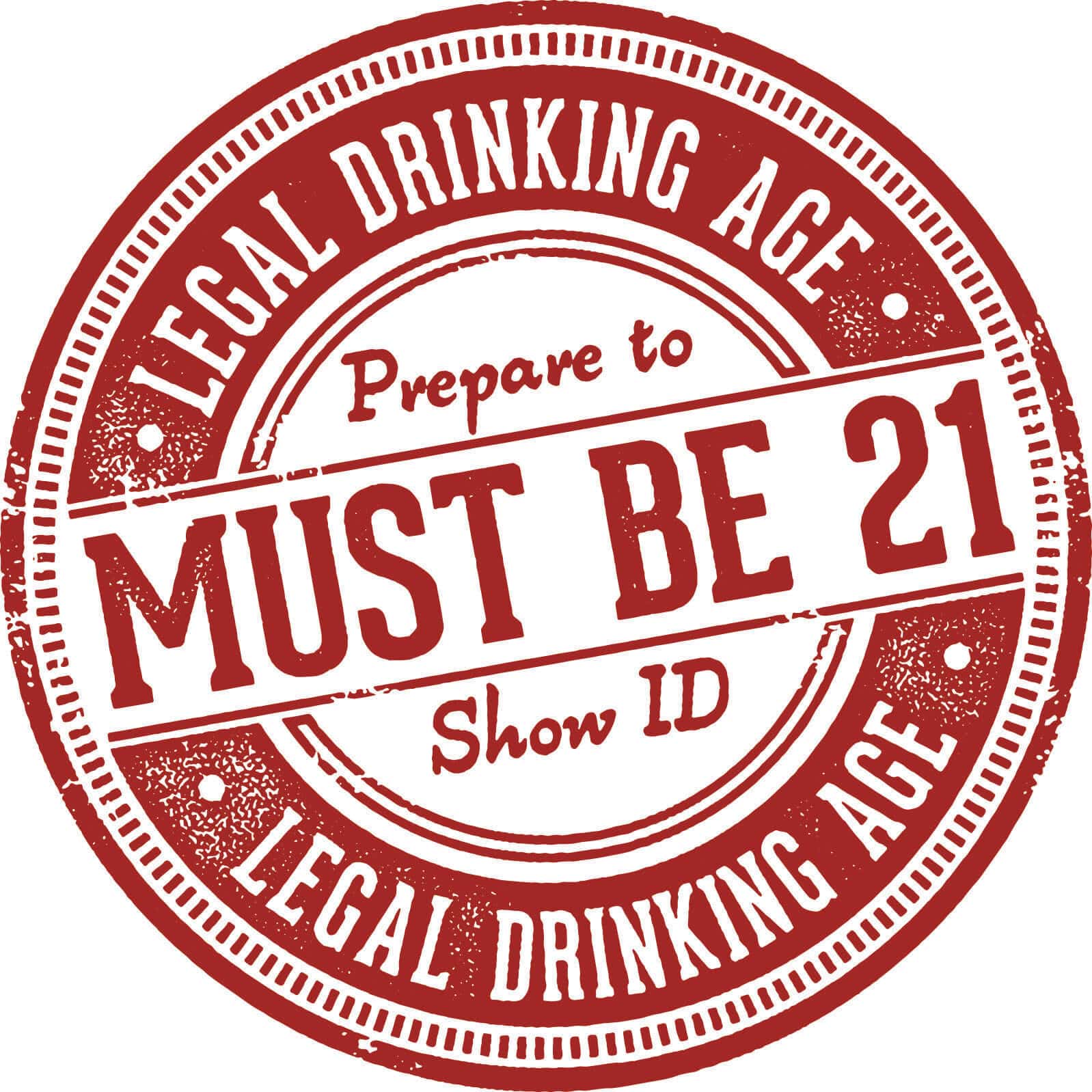Why Is The Legal Drinking Age 21?
- Categories:
- history

The History Of The Legal Drinking Age
America is known as a nation that is obsessed with drinking. Perhaps consuming so much alcohol is American’s response to the strict laws we have to follow which once was a free for all. However, back before the 18th amendment was passed, which started the Prohibition era, there was no national legal drinking age. Anyone was free to drink without worrying about legal action, with the exception of some restrictions in dry states like Kansas. This unregulated consumption led to drunken outbursts, neglect of work and family, and uncleanliness, souring the name America had been trying to build for itself.
Prohibition
Congress knew something needed to be done. Thus the 18th amendment was ratified, and the birth of the Prohibition Era began. The 18th amendment prohibited the manufacturing, transportation, and resale of intoxicating liquors. (Exceptions were made for the use of wine in religious rituals.) Responsible for the layoffs of 1,000s of people working for breweries, distilleries, and saloons, Prohibition seemed to do more worse than good, further lowering the economy.
Those in favor of Prohibition thought alcohol was a curse to America, making us disgraceful, and contributing to a low status society. Counter arguing the possibility of a bad economy as a result of Prohibition, they believed that the sales for other goods would rise and make up the difference of the decrease in alcohol revenue. In reality, Prohibition caused many restaurants to close and lowered theatre ticket sales due to the lack of alcohol proceeds many places relied on to survive. This change cost the government $11 billion in tax revenue, while it took $300 billion to enforce the ban on alcohol, which lasted only 13 years before sober America had had enough.
Prohibition banned the production and sale of alcohol; however, it did not ban the consumption of alcohol. Americans, with the infatuation they had for alcohol, looked for any way to get their hands on a bottle of booze. Illegal liquor was homemade, making drinking rather dangerous. 1,000 lives were taken each year of Prohibition from drinking the toxic, unregulated alcohol.
By the end of the 1920’s, Americans were completely fed up with Prohibition. After Roosevelt’s boast about “pledging to end Prohibition,” he was soon voted into office. A year later, the 21st amendment was passed, bringing back the booze.
After Prohibition
By 1966, every state was allowed to manufacture and sell alcohol again, which brought back the question of how to determine the legal drinking age. Throughout Prohibition, and up until 1984, the legal drinking age was determined by each state. 30 states lowered the drinking age from 21 to 18 due to the fact that the war drafted at the age of 18. If we suspected 18-year olds can go to war, then surely, they should be allowed to drink.
As alcohol came back to town, so did a little bit of chaos. For many teens, this was the first time they could ever get their hands-on alcohol, and they most certainly took advantage of it. The young drinker’s excessive obsession with alcohol led them to reckless and risky activities. From these dangerous stunts, grew a powerful movement called Mothers Against Drunk Driving, or MADD. Support for a national legal drinking age was bountiful from all over, paving the way for the National Minimum Drinking Age Act of 1984 to roll out fast.
The government could not set a national drinking law as it was up to the states to determine this privilege. The government could, however, blackmail the states into regulating a minimum drinking age, which is exactly what they did. The act of 1984 was put in place for “all States to raise their minimum drinking age to 21 within 2 years or lose a portion of their Federal-aid highway funds; and encourage States, through incentive grants programs, to pass mandatory sentencing laws to combat drunk driving.” Incentivizing, or rather, as a way of removing the punishment the government was threatening, all states finally set the minimum age back to 21 by 1988. Revising the drinking age back to 21 has declined the rate of drunk driving accidents so much that it is estimated an average of 800 lives have been saved every year.
The question is, why 21? Why not 20, 25, or even 30? Dating centuries back to English Common law, the age of 21 actually represented one becoming a full adult. Adults carried the privilege to vote and become a knight. Our decision makers at the time of this alcohol crises believed only adults should be entitled to drink since it came with such responsibility, therefore allowing adults 21 years of age and older to drink legally.
For more information on treatment options, contact a treatment provider today.

